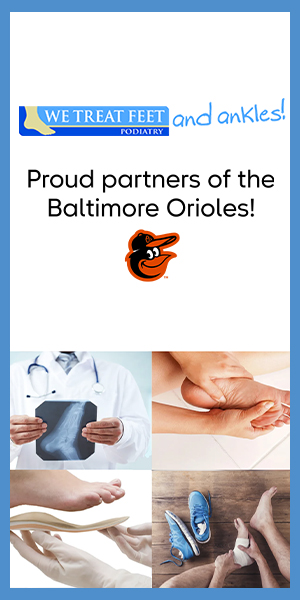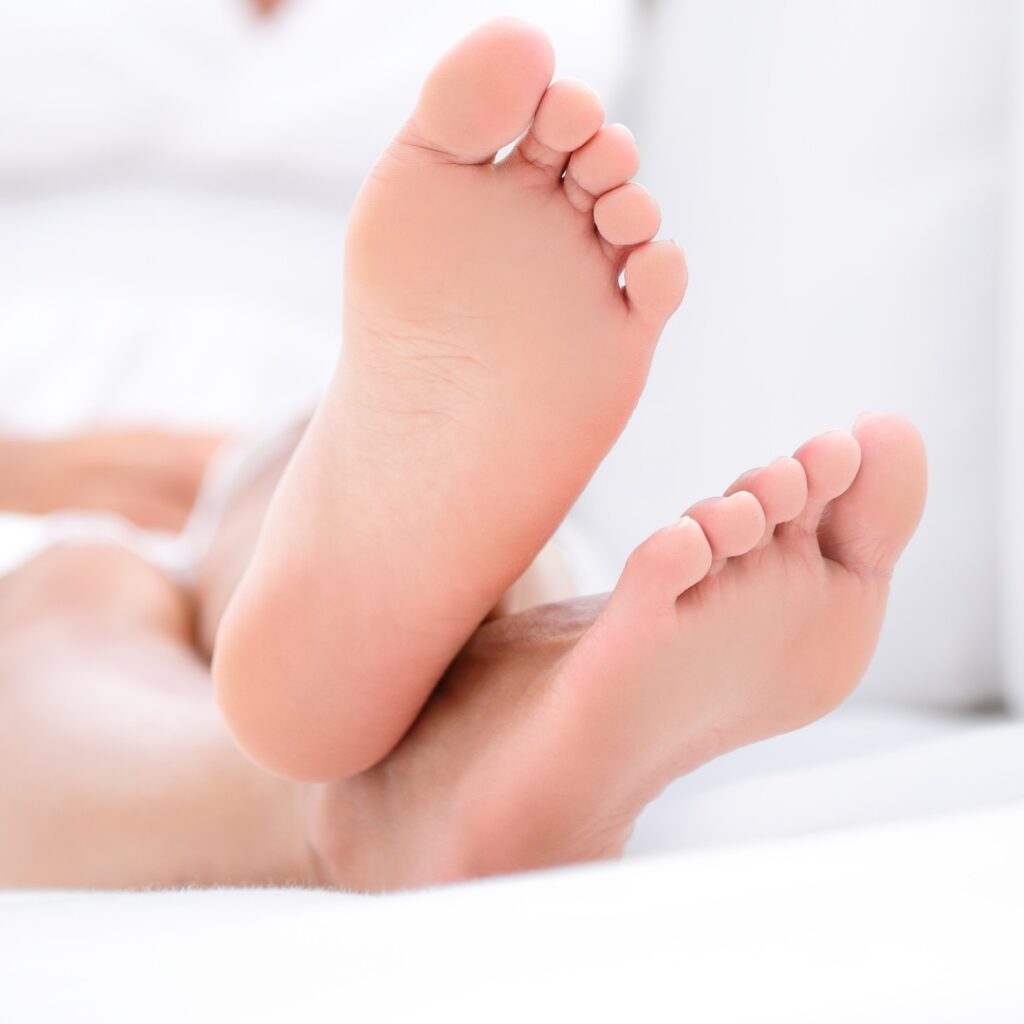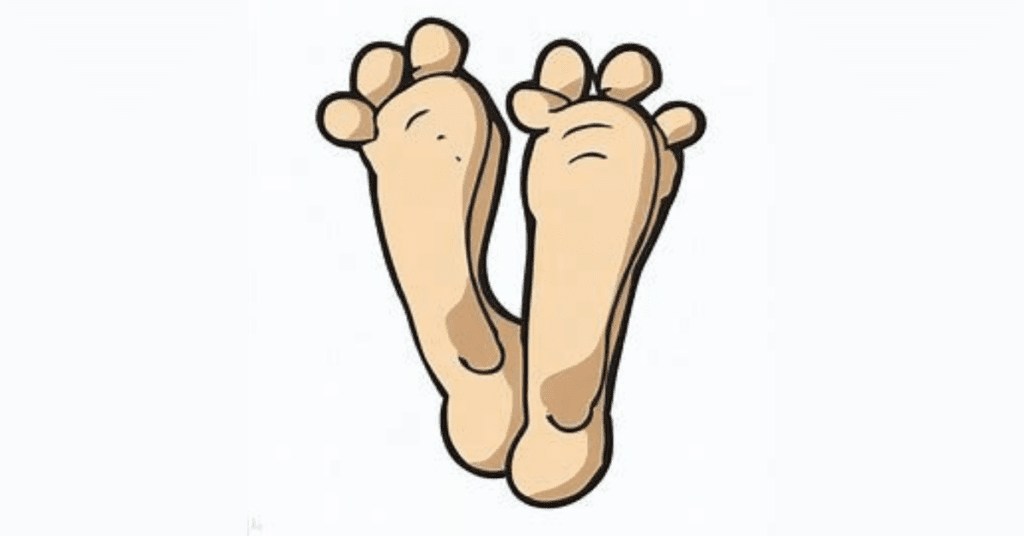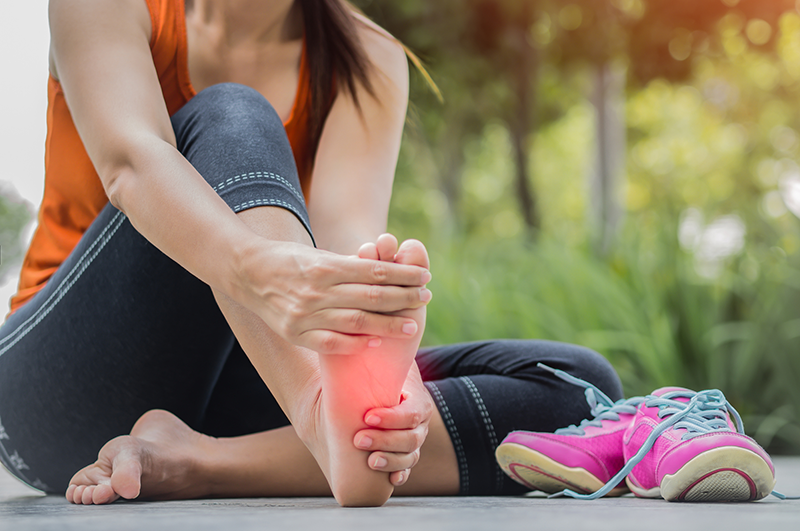Common Foot Problems and Effective Prevention Strategies: Keep Your Feet Healthy and Active

WeTreatFeet Podiatry for All your Foot and Ankle Needs Your feet are the foundation of your body, carrying you through countless steps each day. However, various foot problems can hinder your mobility and overall well-being. In this blog post, we will explore common foot problems and provide effective prevention strategies to keep your feet healthy […]
Happy Feet: Secrets of Happy Feet at WeTreatFeet Podiatry! 🦶

Happy Feet: WeTreatFeet Podiatry wants to help you have happy Feet! Having healthy and happy feet is essential for our overall well-being. Our feet support us throughout the day, allowing us to walk, run, and dance with joy. To help you maintain happy feet, we’ve gathered some valuable tips to keep them healthy and pain-free. […]
Unveiling the Wonders of Feet: Fascinating Foot Facts, Arch Mysteries, and Beyond

Weird Wonderful World of Feet Unveiling the Wonders of Feet: Fascinating Foot Facts, Arch Mysteries, and Beyond Feet, the unsung heroes of our daily lives, deserve recognition for their remarkable abilities and intriguing characteristics. At WeTreatFeet Podiatry, we believe in sharing valuable knowledge about feet to foster a deeper understanding of their wonders. Join us […]
Can Foot Pain Hurt Productivity?

As a podiatrist, I understand the importance of taking care of your feet. But did you know that foot health is also crucial for overall business success? That’s right, healthy feet can help you stand your ground, move forward confidently, and stay on top of your game. In fact, research shows that foot problems can […]
10 reasons why you should choose We Treat Feet

The We Treat Feet Podiatry group takes great pride in putting our patients’ feet and needs first. We pride ourselves on our expert clinicians and top-notch customer service. Here are 10 reasons why you should choose We Treat Feet Podiatry for all your podiatric needs.
REPORT: Office Visits by Patients With Diabetes Rising Rapidly in United States

Office visits in the United States for diabetes rose 20% from 2005 to 2010, with the largest increase in adults in their mid-20s to mid-40s, according to a new data brief from the Centers for Disease Control and Prevention’s (CDC’s) National Center for Health Statistics (NCHS). Nearly 29 million people in the United States have […]
